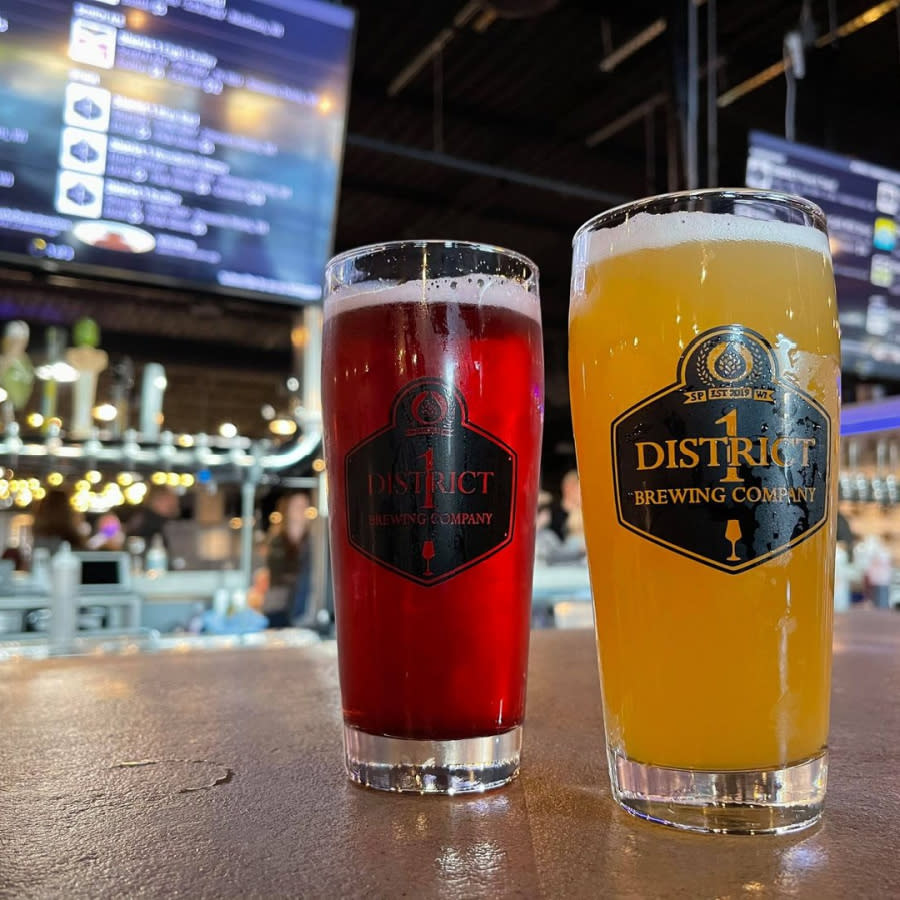Behind-the-Scenes at a Distillery in Galveston: Tours and Tastings
Wiki Article
Mastering the Craft of Distillation: a Deep Dive Into Distillery Traditions
Checking out the elaborate art of purification reveals a world steeped in classic customs that have actually shaped the spirits we delight in today. From the old beginnings of distillation techniques to the modern development of distillery tools, each action in the procedure lugs with it a rich tapestry of background and knowledge. As we delve into the delicate equilibrium of typical versus contemporary distilling methods and reveal the importance of essential ingredients, a much deeper understanding emerges of the profound effect distillery practices have on the spirits we appreciate.Origins of Purification Techniques
The growth of distillation techniques has a rich history that traces back to old people. The concept of dividing components based on their different boiling factors laid the structure for the advanced distillation processes we have today.
The earliest evidence of purification days back to around 3000 BC in Mesopotamia, where clay pots were utilized to distill fragrances and aromatic oils. The Egyptians further progressed these techniques, using purification for embalming methods and medicinal purposes. The Greeks, significantly figures like Aristotle and Hippocrates, added to the academic understanding of distillation.
With time, purification spread to regions like India, China, and the Middle East, each culture including its special touch to the craft. The evolution of distillation techniques continued with the Middle Ages and the Renaissance, ultimately leading to the diverse variety of distillation procedures employed in modern distilleries worldwide.
Development of Distillery Tools

With improvements in technology and a deeper understanding of the purification process, modern-day distilleries currently utilize a selection of innovative devices to produce spirits of the best. Today, purification tools includes column stills, reflux stills, and hybrid stills, each made to deal with details purification requirements. These modern-day stills supply much better temperature policy, boosted distillation precision, and better effectiveness in separating alcohol from contaminations.
Along with stills, distilleries now make use of innovative condensers, fermenters, and filtering systems to additional refine the extract. The evolution of distillery devices continues to play a crucial function fit the varied range of spirits readily available in the market today.
Conventional Vs. Modern Distilling Practices
On the other hand, modern distilling techniques take advantage of cutting-edge technology and innovation to improve manufacturing procedures and enhance consistency. Automated systems, computerized controls, and state-of-the-art tools make it possible for modern distilleries to create spirits extra successfully and with higher accuracy.While conventional distilling methods are cherished for their heritage and the one-of-a-kind flavors they produce, contemporary methods offer advantages in regards to scalability, quality assurance, and sustainability. By incorporating scientific improvements and contemporary engineering, distillers can maximize manufacturing, decrease waste, and meet the needs of today's market more efficiently. Eventually, the selection in between modern-day and standard distilling techniques commonly relies on the distillery's objectives, worths, and target market.
Key Ingredients in Purification Refine
Within the craft of distillation, the selection of vital active ingredients plays a vital function in establishing the flavor account and high quality of the spirits created. The primary components made use of in the distillation process are normally water, yeast, and a fermentable resource such as grains, fruits, or sugarcane.Water is a fundamental element as it not only thins down the alcohol web content to a tasty level yet additionally affects the overall mouthfeel and structure of the spirit. The top quality and mineral web content of the water utilized can considerably influence the end product.
Yeast is another crucial ingredient that converts the sugars present in the fermentable source right into alcohol with the procedure of fermentation. Different strains of yeast can produce differing tastes and scents, contributing to the unique features of the spirit.

Effect of Distillery Traditions on Spirits
The impact of historical distillery traditions on spirits extends beyond the selection of vital ingredients, shaping the really significance and personality of the final distilled items (Seawall Bar). These traditions, passed down with generations, play a crucial role in defining the unique preference profiles and high qualities that identify one spirit from one moreDistillery practices incorporate a wide variety of practices, from the specific techniques utilized in distillation to the selection old procedures utilized. The use of conventional copper pot stills in whiskey Seawall Bar manufacturing is believed to pass on certain tastes and attributes that are highly valued by lovers. The aging of spirits in oak barrels, a method deeply rooted in distilling customs, contributes to the advancement of complicated aromas and tastes over time.
/https://static.texastribune.org/media/files/ad5ab7b80fc5f2bd06df97dde9a096d4/01%20Beer%20to%20go%20SF%20TT.jpg)
Verdict
Finally, the traditions of purification have a rich background that has actually evolved gradually. From the beginnings of purification strategies to the modern methods, the impact of distillery traditions on spirits is obvious. By recognizing the crucial components in the purification procedure and the advancement of distillery tools, one can appreciate the workmanship and artistry that goes right into creating premium spirits. Distillery traditions play an essential function in shaping the spirits sector and protecting the heritage of purification practices.Throughout the background of distillation, the devices utilized in distilleries has undertaken considerable advancement to enhance effectiveness and quality of the distillation procedure.With improvements in innovation and a deeper understanding of the purification procedure, modern distilleries now use a variety of sophisticated devices to generate spirits of the highest possible top quality. Today, distillation tools includes column stills, reflux stills, and crossbreed stills, each created to cater to certain distillation needs. From the origins of distillation methods to the contemporary techniques, the impact of distillery practices on spirits is obvious. Distillery practices play an essential function in shaping the spirits sector and protecting the heritage of purification practices.
Report this wiki page